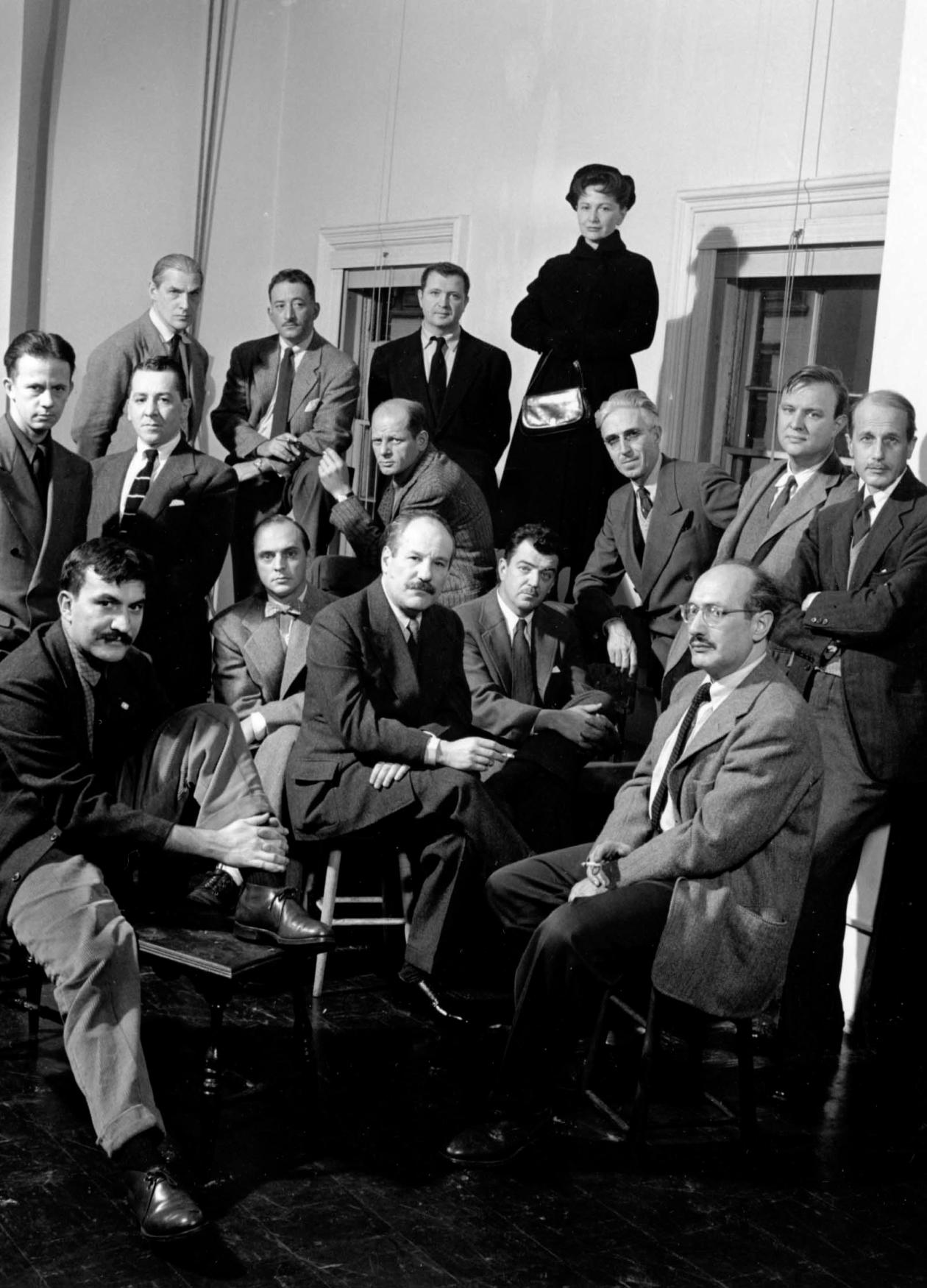
Clement Greenberg Avant Garde And Kitsch 1939 Pdf
THE ESSAY 'AVANT-GARDE AND KITSCH' (1939) that Opens. Clement Greenberg's Art and Culture (1961) remains the critic's most famous text, yet it is also.
Testovij rolik dlya proverki kachestva izobrazheniya televizora. By - December, 26th 2017 Art is, or it should be, about more than simply making marks on a surface or manipulating materials into pleasing–or indeed displeasing–shapes. Perhaps the avant-garde or kitsch.
A true artist benefits immeasurably by knowing about the history that has created the universe they traverse. Ever wonder what all that academic talk is that curators like to use so much? Do you find it pretentious or worse?
Art Theory informs in so many ways, tracing the paths that have led to a particular moment or movement. A foundational understanding of the schools of thought, the histories, the thinkers who have wrought the ground you stand on as an artist today enriches not only your own mind but your work as well. One such thinker who made a significant impact on the art world in the 1940s was Clement Greenberg.
In 1939, Greenberg published one of his seminal works Avant-Garde and Kitsch. The essay not only launched Greenberg to nearly overnight notoriety, it also sparked a major development in the art world as a whole. The essay begins with the following statement: “One and the same civilization produces simultaneously two such different things as a poem by T.S.
 This step moves handinhand with the first step: plan forward.
This step moves handinhand with the first step: plan forward.
Eliot, and a Tin Pan Alley song, or a painting by Braque and a Saturday Evening Post cover. ” Click on the following scan to open the full essay in PDF form. Kitsch Construction #2 by Jarrod Barker 2008. Banff, Alberta, Canada. For Greenberg, Avante-Garde situated itself outside the influences of both capitalist and communist influences that were gradually dampening society’s ability to appreciate any depth of meaning. Greenberg wrote several other important essays over the course of his life and career. He was a strong proponent of Modernism being the last best hope for the preservation of integrity in art.
Jackson Pollock and Willem de Kooning were among those he deemed the saviors of art in their time. Understanding who Clement Greenberg was and why his influence matters is just one piece of the complex puzzle of being a well-rounded artist. There are libraries worth of books out there that will break down every bit of art theory and history you ever need to know.
Of course, who has time to read all that? How can you know where to begin?
Who and what are some of the most important influences that have shaped the art world as it stands today and how are you meant to sort them out from the crowd? If you need more than just a reading list, did you know that offers a course in Art Theory? With a subscription for just $40usd a month, you have unlimited access to eight modules of theory, discussion, and suggested titles to help enrich and inform your artistic life and practice. For the Silo, Brainard Carey.

Contents • • • • • • • • • • Early life [ ] Clement Greenberg was born in the borough of the Bronx, NYC, in 1909. His parents were middle-class immigrants, and he was the eldest of their three sons. Since childhood, Greenberg sketched compulsively, until becoming a young adult, when he began to focus on literature.
Greenberg attended, the Marquand School for Boys, then, graduating with an in 1930, cum laude,. After college, already as fluent in Yiddish as English since childhood, Greenberg Italian and German in addition to French and Latin.
During the next few years, Greenberg travelled the U.S. Working for his father's dry-goods business, but the work did not suit his inclinations, so he turned to working as a. Greenberg married in 1934, had a son the next year, and was divorced the year after that.
In 1936, Greenberg took a series of jobs with the federal government, from Civil Service Administration, to the Veterans' Administration, and finally to the Appraisers' Division of the Customs Service in 1937. It was then that Greenberg began to write seriously, and soon after began getting published in a handful of small magazines and literary journals. Avant Garde and Kitsch [ ] Though his first published essays dealt mainly with literature and theatre, art still held a powerful attraction for Greenberg, so in 1939, he made a sudden name as a visual art writer with possibly his most well-known and oft-quoted essay, ', first published in the journal. In this Marxist-influenced essay, Greenberg claimed that true art is a product of the Enlightenment's revolution of critical thinking, and as such resists and recoils from the degradation of culture in both mainstream capitalist and communist society, while acknowledging the paradox that, at the same time, the artist, dependent on the market or the state, remains inexorably attached 'by an umbilical cord of gold'.